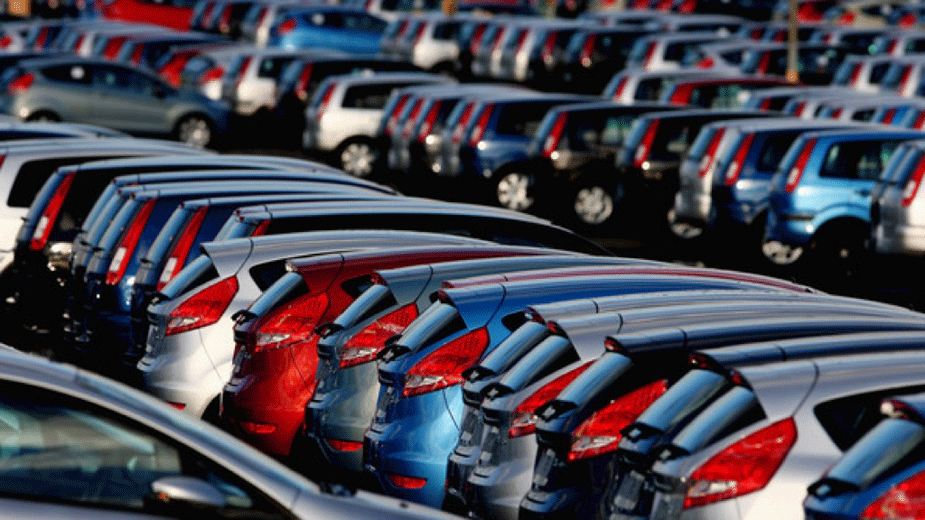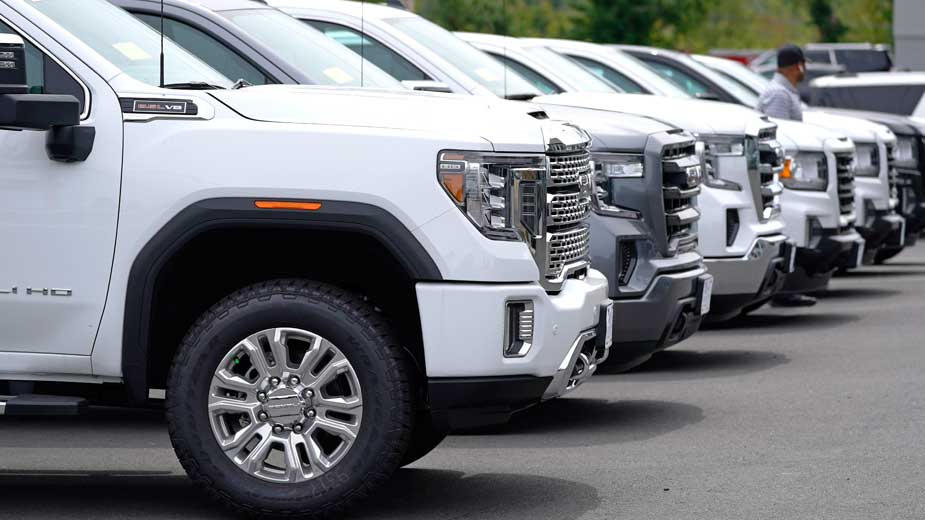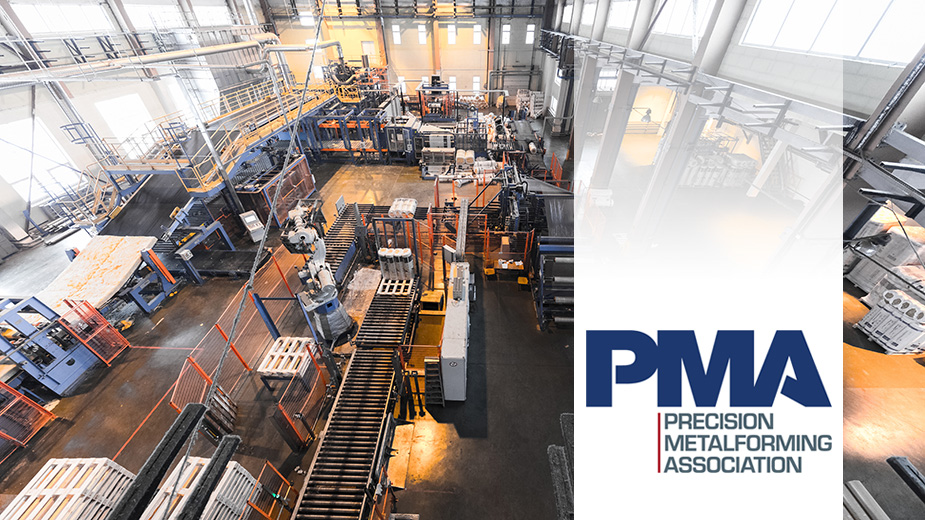Impact of Auto Industry Stretches Widely
YOUNGSTOWN, Ohio – Perhaps the best way to view the impact the automotive industry has on the United States is to imagine if it didn’t exist. Not that it never existed, but rather if it were taken away.
In the Great Recession, it was a very real possibility. So real that two of the three American automakers, Chrysler – today Fiat Chrysler Automobiles – and General Motors Co. received, by the summer of 2009, $80.3 billion in federal assistance to stay afloat. Ford Motor Co., meanwhile, did not take any federal money, relying instead on a line of credit established in 2007.
At the time, the Center for Automotive Research in Ann Arbor, Mich., forecast the impact of all three automakers going under: 240,000 direct jobs lost, 980,000 supplier and dealership jobs lost and another 1.7 million jobs lost via the ripple effect.
Within three years, the center reported, the government effect between lost tax revenue and increased burden on social-welfare programs would have been $156 billion. Meanwhile, Standard & Poor’s forecast that the loss of the Big Three automakers would mean an extra one million vehicles would be imported, costing the U.S. economy $25 billion, at the time 0.2% of the gross domestic product.
Today, the auto industry accounts for 3% of the gross domestic product, according to the 2018 national report by the Alliance for Automobile Manufacturers, the largest of any industry.
In a 2011 study looking at the economic impact of Hyundai, the Center for Automotive Research found that its manufacturing operations and dealerships alone in the United States contribute $7 billion to the GDP.
The automotive industry is responsible for 7.25 million jobs nationwide – 45 states have more than 10,000 workers in the industry and 20 have more than 100,000 – and 4% of the jobs in America are connected to it in some way.
In a 2014 map compiled by the Center for Automotive Research, most of the automakers’ plants in North America, both vehicle assemblies and parts production, sit along a line that stretches from mid-Michigan south to central Alabama. Filling the space in between are suppliers, represented by brown dots, with a blob filling up southern Michigan, northeastern Indiana and most of Ohio.
“It varies significantly from product to product and plant to plant,” says Bernard Swiecki, assistant director of the industry, labor and economics group at the Center for Automotive Research, of the parts produced near assembly plants. “What you have typically are certain components that, either because of weight, fragility or the need to be sequenced, must be made close to the plant. That’s an exposed risk because if the plant closes, the supplier plant is likely to close because it’s likely they don’t have multiple customers.”
This has already been seen around the General Motors Lordstown Complex. Of the parts used to build the Chevrolet Cruze, about half are American made, says UAW Local 1112 President Dave Green, and of that, about 40% are made in Ohio.
Lordstown Seating Systems, a division of Magna Seating, is closing its plant, eliminating 120 jobs. Source Providers Inc., a division of Comprehensive Logistics that provided sequencing and component assembly, has closed, eliminating 180 jobs. And Jamestown Industries Inc., which supplied front and rear bumpers for the Cruze, will also take a hit, although it’s not shutting down. And the company that provided janitorial, cleaning and maintenance services at the plant, Leadec Corp., has laid off 73 workers.
In the Ohio Motor Vehicle Report, published in February by the Ohio Development Services Agency, it was estimated that the auto industry directly employs 129,613 with an output of $81.6 billion. The in-state supplier network, which includes manufacturing, construction, logistics, retail, engineering, government and more, was responsible for 137,022 jobs and $30 billion.
Overall, the industry contribution to the state amounts to 6.9 million jobs – 5.7% of the state workforce – and $1.2 trillion, or 10.65% of the state economy.
Related Stories:
Manufacturing, Tech Collide with Auto Industry at Crossroads
Auto Manufacturers Go Big to Fuel Future
Copyright 2024 The Business Journal, Youngstown, Ohio.



